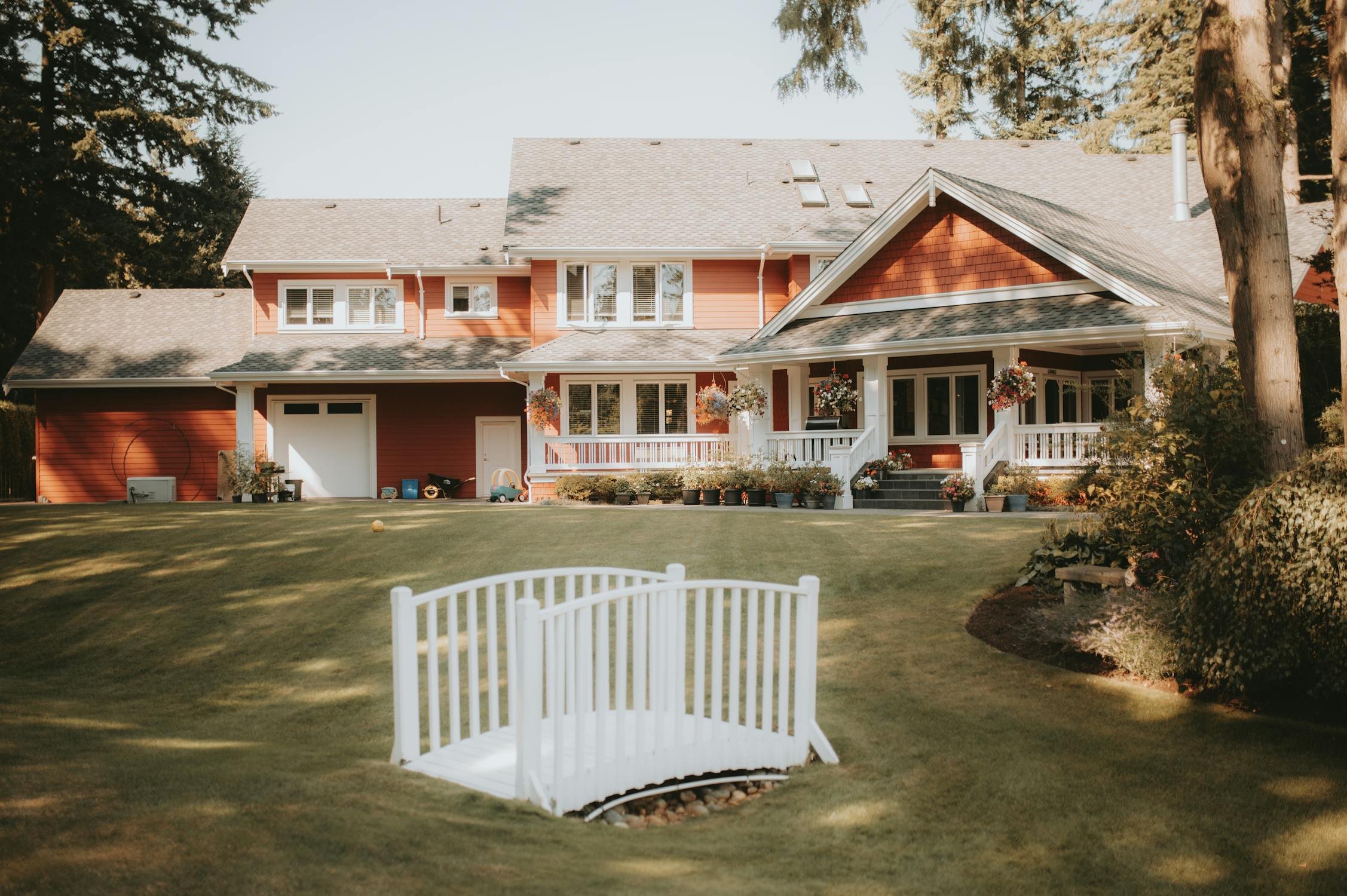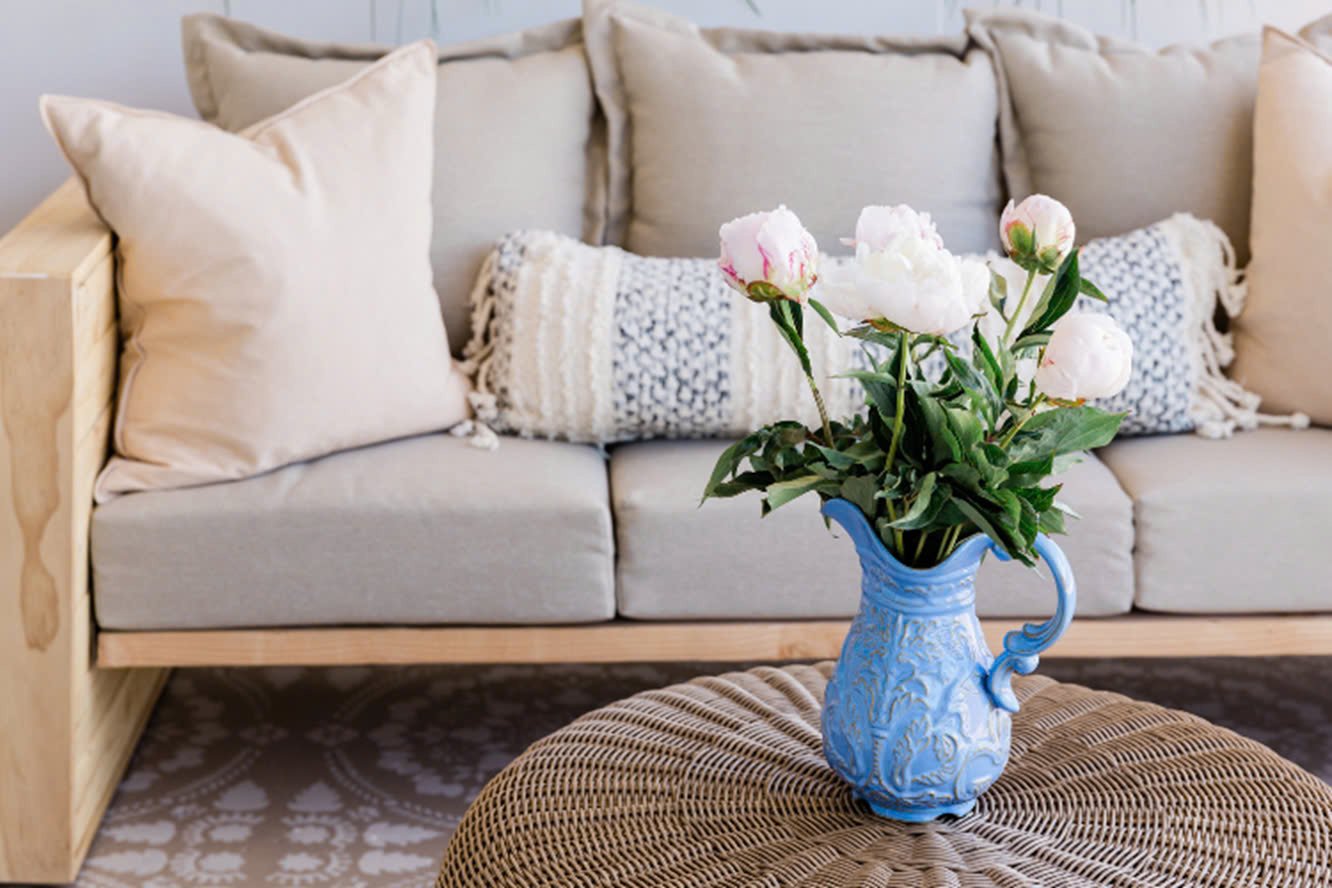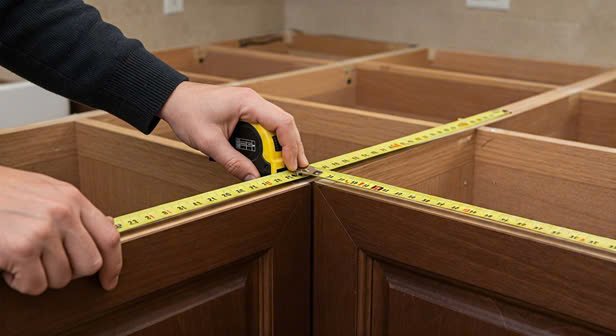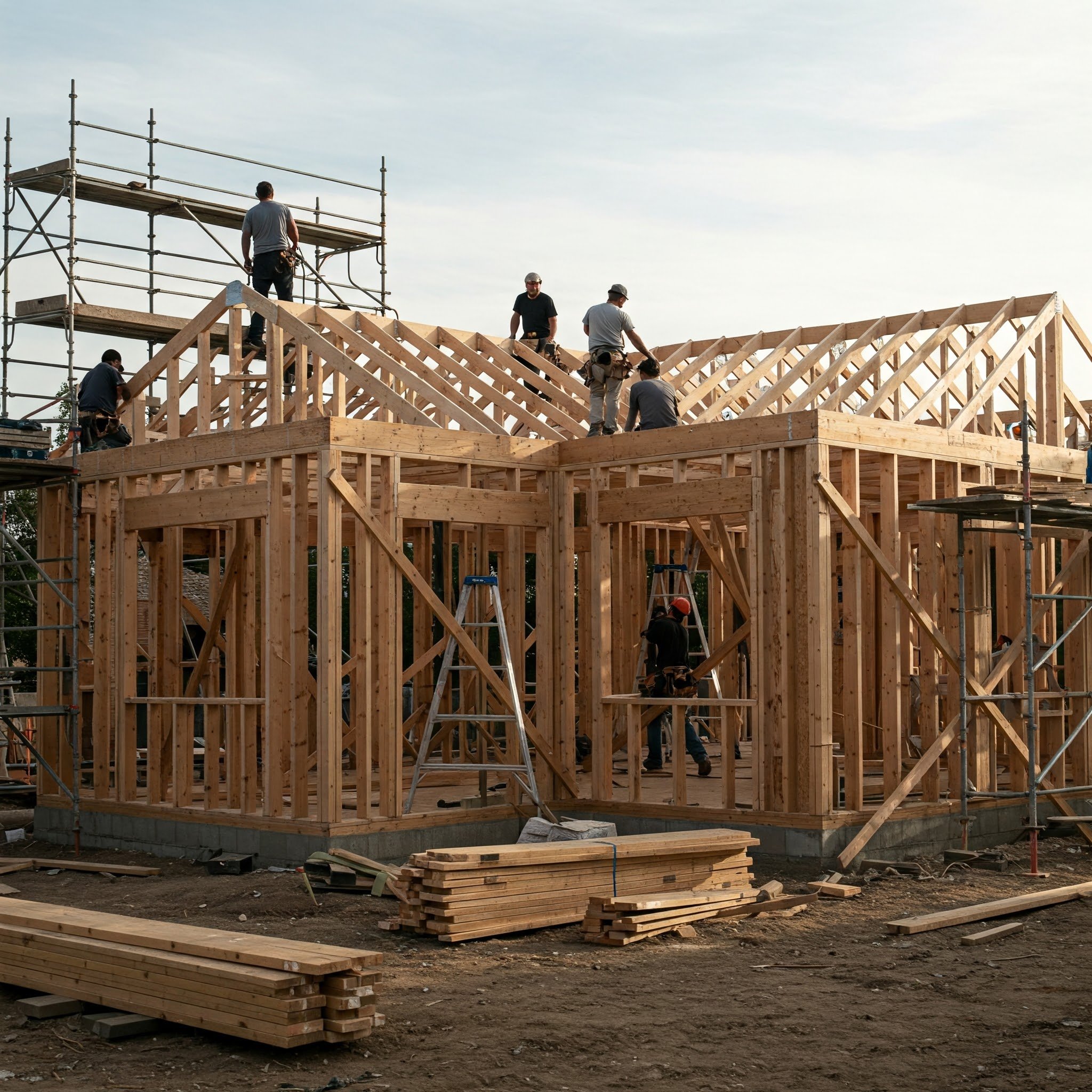Choosing the Right Timber Frame Floor Plan for Your Home
Discover how to choose the perfect timber frame floor plan for your home, balancing aesthetics, functionality, and sustainability for a beautiful and efficient living space.
Are you planning to build a new timber frame home? You’ve made a great decision. Timber frame homes offer the best of both worlds—they blend aesthetics with durability.
Their exposed wooden beams add character to the space, making it feel like a genuine hideaway from the outside world. Timber frame houses are also sturdy enough to withstand the natural elements. The best thing? These houses are environmentally friendly because they use fewer resources.
However, building a timber frame home starts with choosing the right floor plan. The zillions of options out there complicate the decision-making process. But don’t worry; we are here to help you out. In this article, we’ll share a few tips to help you choose the right timber frame floor plan for your home.
1. Consider the Size of Your Building Lot
Your building lot’s size and characteristics matter a lot when it comes to choosing the right timber frame floor plan.
If your lot is large, you’ll enjoy more flexibility. A bigger lot allows for more extensive outdoor areas, which you can use for various purposes. You can create large gardens, patios, swimming pools, play areas for children, or even outdoor kitchens and entertainment spaces.
You can also use and design the space as you want. You can have larger rooms, more open floor plans, and easier accessibility since everything is on one level.
But if you have a small lot, you will have to be more strategic in designing your living areas. An excellent way to maximize living space is to build vertically. You can construct multiple stories, such as two- or three-story homes.
Since you’re working with limited space, you might have to design smaller rooms and use space-saving features like built-in storage solutions. For small lots, opt for open floor plans. They create a sense of spaciousness within a limited area.
For detailed floor plans, consider implementing advanced technologies like a floor plan scanner. This tool allows you to create digital and precise blueprints of your new home, ensuring that design and functionality align perfectly.
Pay attention to the lot’s shape as well. If it has an irregular shape, you will have to get creative to make the most of the available space.
2. Determine the Number of Rooms You’ll Need
Timber frame floor plans are of three types—small, medium, and large.
Small timber floor plans are ideal for homes ranging from 500 to 1,900 square feet. These usually contain one bedroom, a bathroom, a large covered porch, and a living room.
Medium-sized plans are ideal for spaces ranging from 2,000 to 4,000 square feet. Hamill Creek Timber Homes explains that some of the features homeowners will find in these plans include large family kitchens, ample bedrooms, and bathrooms. You’ll also have master suites, laundry or mud rooms, and integrated multi-car garages.
For homes with substantial square footage, large timber frame house plans will be the best bet. You can expect features like opulent master suites, formal dining rooms, large gourmet kitchens, covered porches, and multi-car and boat garages.
Which of the three plans will be ideal for you depends on the number of rooms you intend to have. Make sure you decide that beforehand. It will help you choose the right plan for your home.
Assess the size of your family as well as reflect on your lifestyle. Think about the number of bedrooms you require. Whether you go for three, six, or nine, make sure there are enough bedrooms to accommodate current family members comfortably.
Add a guest suite, too. Should your friends or family decide to stop by, you will have a dedicated space to accommodate them. Even better? It will increase the value of your property. Consider an open-concept design with a spacious kitchen and living area. A dedicated office space is a must-have if you work from home. Beyond that, consider if you need a craft room or an entertainment space.
Once you’ve determined everything, you’ll be able to choose a timber frame floor plan that will seamlessly align with your lifestyle. In the end, it will promote both comfort and practicality in your dream home.
3. Decide on an Architectural Style
The architectural style sets the tone for the aesthetic appeal of your timber frame home. Make sure you choose wisely.
You’re spoilt for choice when it comes to the architectural style of your timber frame floor plans. However, the most popular styles include traditional, contemporary, and rustic. Evaluate each of them, and then choose one that resonates with your personal taste and complements the surrounding environment.
Traditional timber frame floor plans evoke a timeless charm—all thanks to classic elements like exposed beams and cozy, warm interiors. Contemporary designs, on the other hand, embrace clean lines, open spaces, and modern materials, offering a sleek and minimalist aesthetic.
Meanwhile, rustic styles—with their natural materials and earthy textures—create a cozy and inviting atmosphere reminiscent of a mountain lodge or countryside retreat. Whatever you choose, remember that the style will shape the character and ambiance of your timber frame home.
To sum things up, selecting the right timber frame floor plan could be daunting due to the overwhelming number of options. But carefully considering various factors, such as the building lot’s size, the number of rooms you need, and your preferred architectural style, will help you choose a plan that aligns seamlessly with your vision.
Still, if you can’t choose a plan for your home, consult with professionals who specialize in timber frame construction. They will provide valuable insights and suggestions, helping you choose the right timber frame floor plan.






























